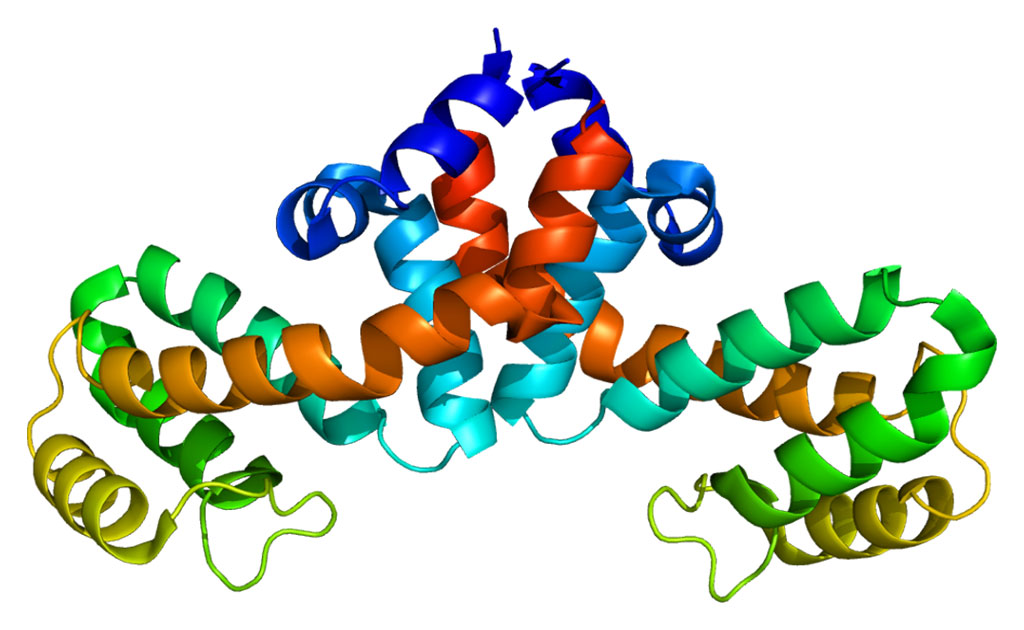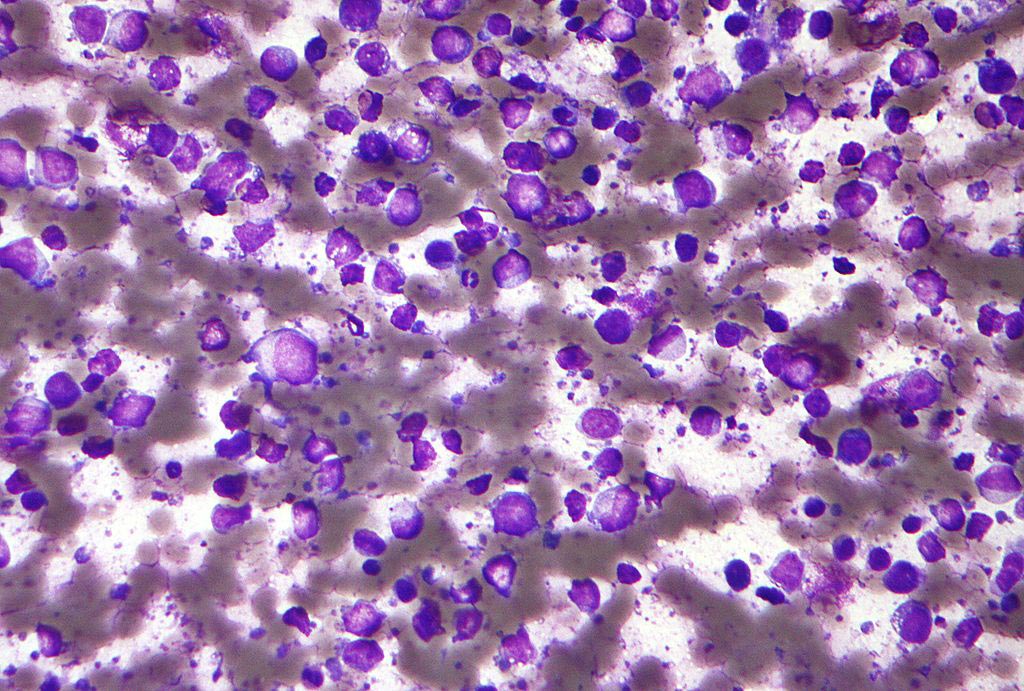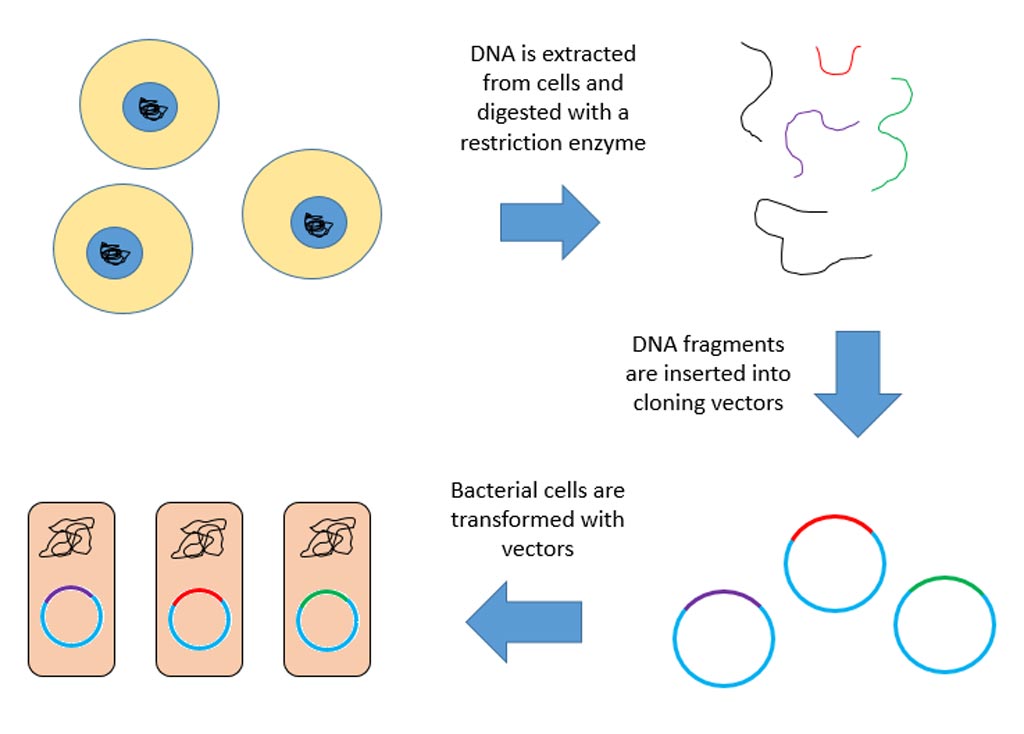Outlier Kinases Are Therapeutic Targets in Breast and Pancreatic Cancers
By LabMedica International staff writers
Posted on 21 Feb 2013
RNA sequence analyses of samples of breast and pancreatic cancer tissues were used to identify the most prominent protein kinase "outliers" in each type of tissue for targeting by the most appropriate chemotherapeutic agent.Posted on 21 Feb 2013
Protein kinases represent the most effective class of therapeutic targets in cancer, and determination of kinase dysfunction has become a major focus of cancer genomic investigations. In the current study investigators at the University of Michigan (Ann Arbor, USA) analyzed transcriptome sequencing data from a collection of 482 cancer and normal samples from 25 different tissue types, and defined distinct “outlier kinases” in individual breast and pancreatic cancer samples, based on highest levels of absolute and differential expression.
Results published in the February 5, 2013, online edition of the journal Cancer Discovery revealed that frequent outlier kinases in breast cancer included therapeutic targets such as ERBB2 and FGFR4, while the kinases MET, AKT2, and PLK2 were found in pancreatic cancer. The various breast and pancreatic cancer cell lines were shown to be sensitive to genomic knockdown or pharmacologic inhibition based on the results of transcriptome sequencing.
“A lot of samples showed one or two kinases that showed an outstandingly high “outlier” expression,” said senior author Dr. Chandan Kumar-Sinha, assistant professor of pathology at the University of Michigan. “It was not that the researchers always found a mutation—just that one or more kinases were expressed at a far higher level than all other kinases. We do not always know what is causing it to be overexpressed. But since it is there, we know that somehow the high expression of oncogenic kinases is advantageous to the cancer, and so we can therapeutically exploit that dependency.”
“We have a small but effective inventory of “druggable” mutations that we know play a role in cancer. As we are doing more sequencing, we are coming to realize just how small that inventory is. On the one hand, it is a limitation. On the other hand, there are numerous oncogenic kinases, and there are a lot of kinase inhibitors. Our goal is to determine how to match more of these therapies with the right patients,” said Dr. Kumar-Sinha. “We hope kinases will represent another available avenue with whole genome sequencing. If we can identify rational multiple targets for treatment, it is more effective. This gets us one of those targets.”
Related Links:
University of Michigan














